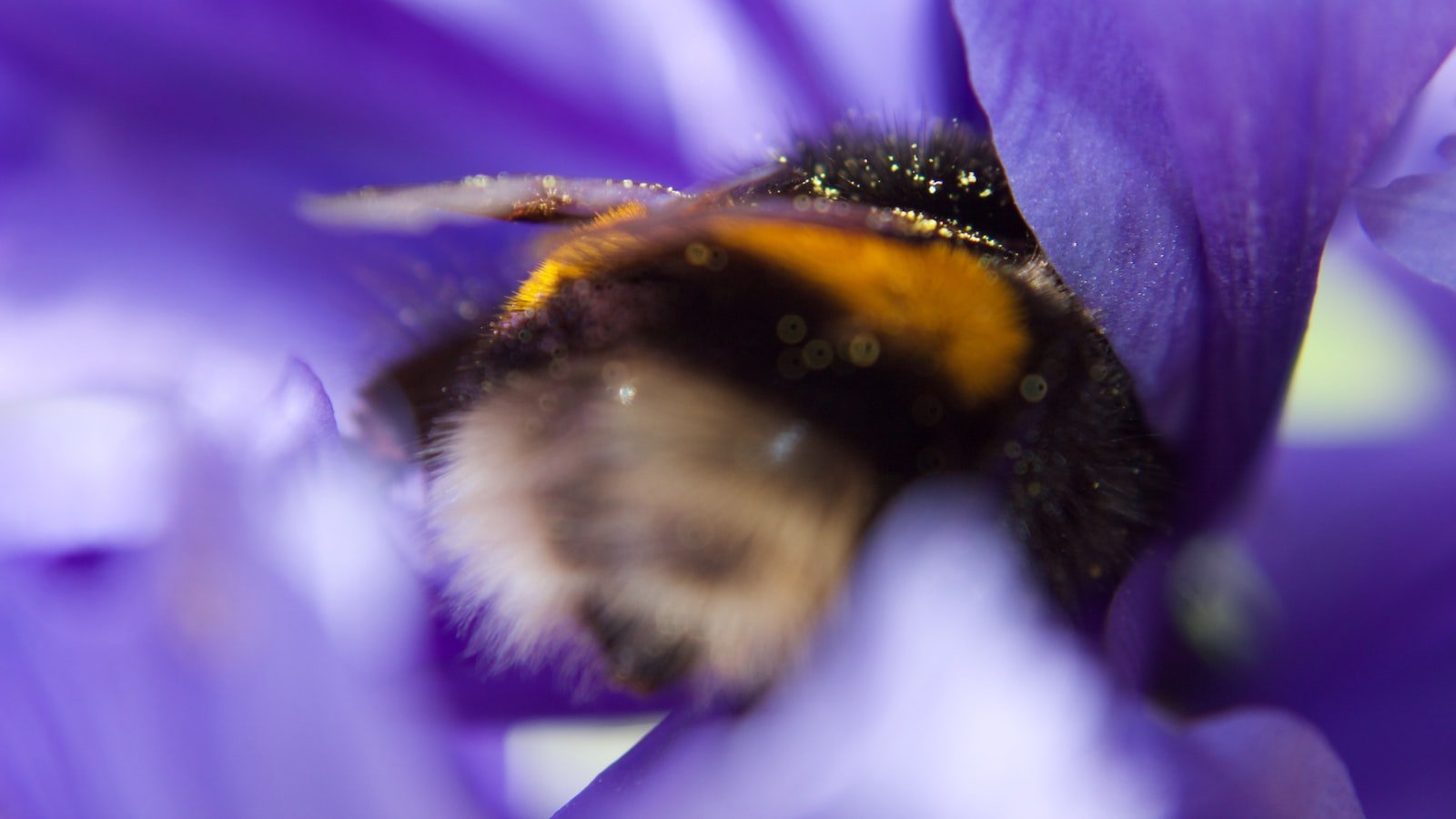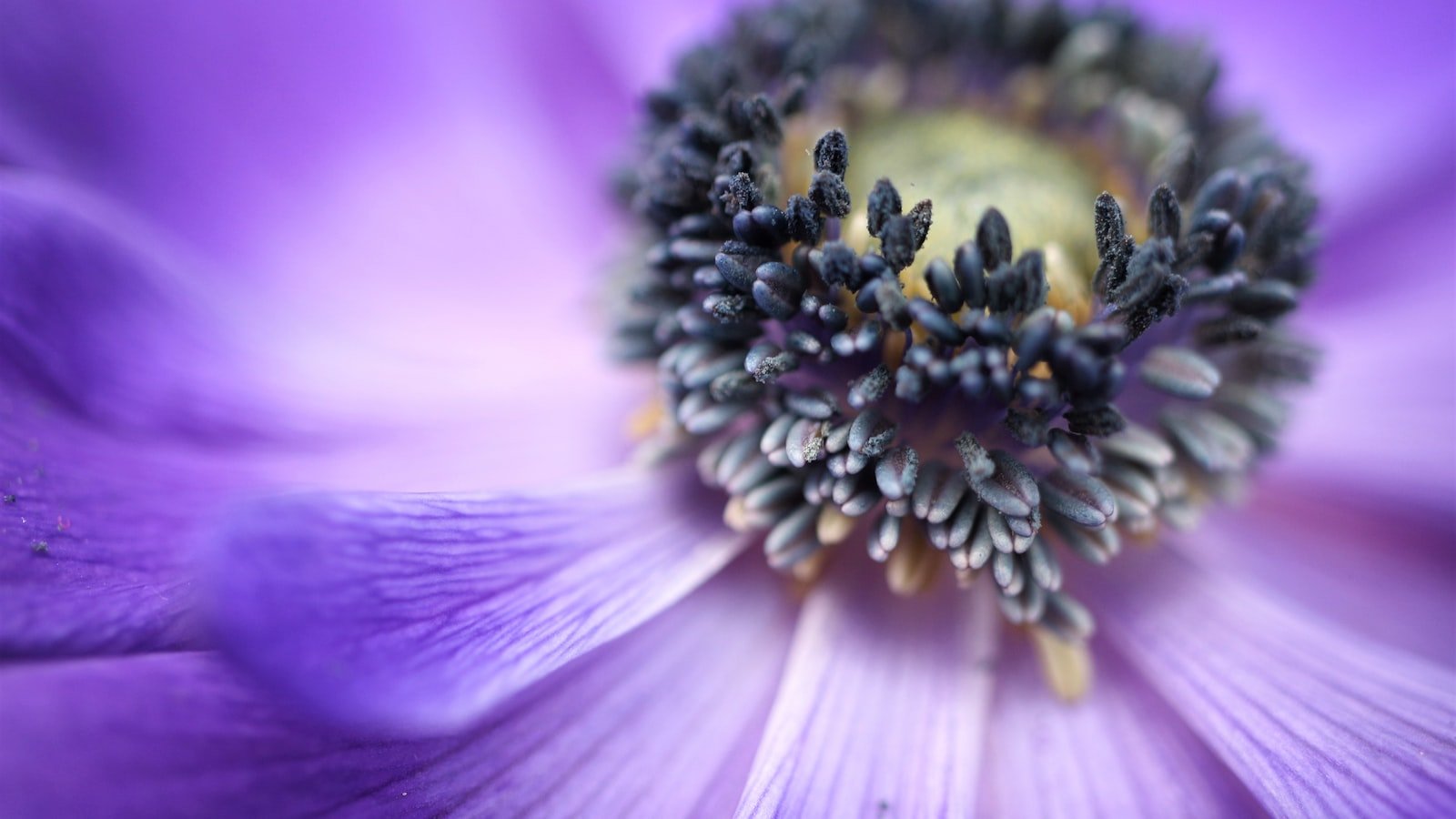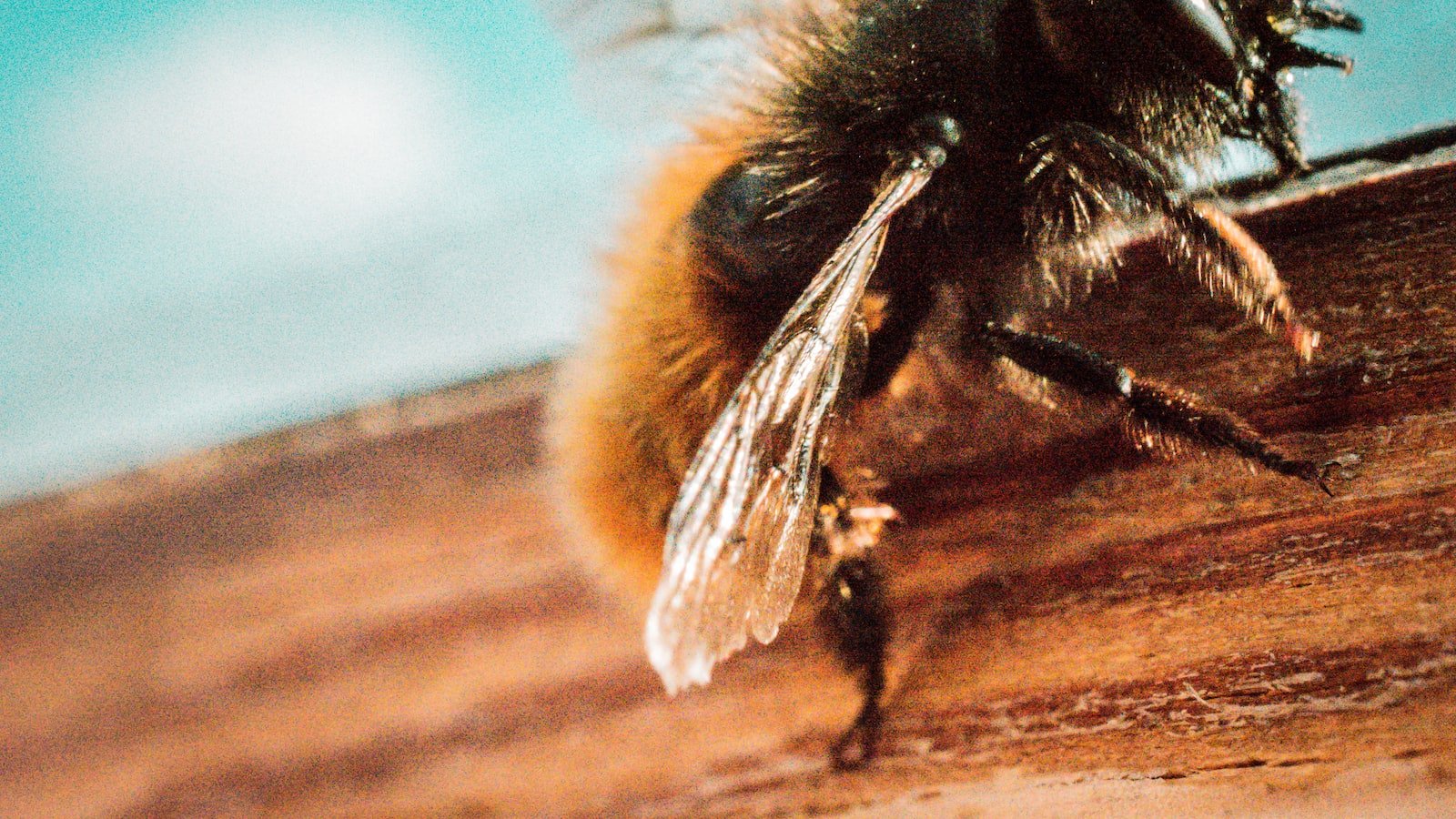Buzzing through the fragrant meadows and delicately dancing amidst vibrant blossoms, bees carry out their sacred duty as nature’s ardent pollinators. As they diligently flit from one flower to another, these incredible creatures encounter numerous threats along their noble path of sustenance and procreation. Among these potential perils lie a host of maladies that can afflict our striped friends, compromising not only their individual health but also jeopardizing the intricate balance of our ecosystems. From devious parasites to insidious infections, the world of bees is rife with ailments that demand our attention and swift action. In this insightful article, we delve into the realm of common bee diseases, unraveling the mysteries that shroud them and equipping beekeepers and nature enthusiasts alike with the knowledge to spot and treat these afflictions. With a careful eye and an unwavering determination to safeguard these tireless workers, we embark on a journey to ensure that the miraculous buzz of bees continues to serenade our world for generations to come.
Table of Contents
- Recognizing the Signs: Identifying Common Bee Diseases
- Understanding the Causes: Factors Affecting Bee Health
- Harnessing Preventive Measures: Promoting Bee Disease Resistance
- Effective Treatment Approaches: Managing Common Bee Diseases
- Supporting Bee Recovery: Best Practices for Beekeepers
- Q&A
- In Summary

Recognizing the Signs: Identifying Common Bee Diseases
In the intricate world of beekeeping, it is imperative to be vigilant when it comes to the health of our buzzing friends. Just like any living creature, bees are susceptible to various diseases that can threaten the well-being of their hive. Being able to identify common bee diseases is essential in order to take the necessary steps to preserve their thriving colonies.
1. American Foulbrood
American Foulbrood is perhaps one of the most notorious diseases plaguing bee populations. Caused by a spore-forming bacteria, it silently infiltrates the brood cells, wreaking havoc on the developing larvae. One telltale sign is the presence of sunken cappings with a dark, coffee-colored residue. As the disease progresses, infected larvae turn into a brown, gooey substance, emitting a foul odor. Taking immediate action, such as burning contaminated frames and practicing good hive hygiene, is crucial in preventing its spread.
2. Varroa Mites
Varroa destructor, better known as Varroa mites, are external parasites that attach themselves to bees and drain their vital fluids. These small, reddish-brown creatures can weaken the immune system of bees, making them more susceptible to other diseases. Recognizing the signs of Varroa infestation can be challenging, but observing deformed wings, shrunken or perforated cells, and unusually high bee mortality rates are strong indicators. Combating Varroa mites often involves integrated pest management techniques, such as organic acids or essential oils, to ensure the well-being of the hive.
3. Nosema Ceranae
Nosema Ceranae is a gut parasite that affects adult bees, leading to digestive issues and reduced lifespan. Although microscopic, its impact can be devastating on the entire hive. One way to identify this disease is by examining the presence of whitish-brown smears on the front of the hive. Infected bees may also display symptoms like a bloated abdomen, crawling behavior, and increased defecation outside the hive. Employing quarantine measures, providing uncontaminated food sources, and maintaining strong colonies are crucial steps in mitigating the negative effects of Nosema Ceranae.
Your bees rely on you to be their guardian against these common diseases and infections. By staying informed and implementing preventive measures, you can ensure the well-being of your beloved pollinators and contribute to the preservation of these vital creatures.

Understanding the Causes: Factors Affecting Bee Health
Exploring the delicate balance of factors impacting bee health not only highlights the significance of these remarkable creatures but also sheds light on the conservation efforts required to safeguard their existence. Environmental factors like pesticides, habitat loss, and climate change severely affect bee populations worldwide. Pesticides, in particular, are a major concern as they can disrupt bees’ immune systems and impair their ability to navigate, forage, and reproduce successfully. It is imperative to regulate pesticide usage and promote sustainable farming practices to mitigate their detrimental effects on bee populations.
Another vital aspect affecting bee health lies in the parasite and disease factors. The varroa mite, for instance, is a significant threat to honeybees, causing viruses that weaken their immune systems. Outbreaks of diseases such as American Foulbrood or Nosema can devastate entire bee colonies if not properly managed. By implementing rigorous monitoring and control measures, including regular hive inspections and appropriate treatments, we can combat the risks posed by parasites and diseases to safeguard bee populations.
Nutrition and foraging availability also play a crucial role in bee health. Bees need a diverse range of flowering plants to gather nectar and pollen, which are essential sources of food. However, habitat loss and monoculture practices have reduced the availability of suitable foraging areas for bees. Encouraging the planting of native flowering plants and creating pollinator-friendly habitats can provide bees with the nutrition they require to thrive.
By comprehending and addressing these factors that impact bee health, we can work towards a future where these incredible pollinators are able to flourish and contribute to the ecological balance of our planet.

Harnessing Preventive Measures: Promoting Bee Disease Resistance
Bee diseases pose a significant threat to honeybee populations worldwide, potentially impacting both the honey industry and agricultural ecosystems. Consequently, harnessing preventive measures and promoting bee disease resistance has become a critical endeavor for beekeepers and researchers alike.
One key approach to battling bee diseases is through the implementation of strict biosecurity measures. Beekeepers must adopt rigorous hygiene practices, including regular hive inspections, proper disinfection of equipment, and carefully monitoring the health of their colonies. Additionally, restricting the movement of infested bees and their products can minimize the risk of spreading diseases.
In addition to biosecurity measures, beekeepers can also focus on breeding techniques to promote bee disease resistance. Selective breeding programs have proven effective in developing colonies with heightened resistance to specific diseases. By identifying and selectively breeding individuals that exhibit natural resistance traits, such as grooming behavior or hygienic tendencies, beekeepers can establish more robust honeybee populations.
- Genetic diversity: Maintaining diverse gene pools is vital for bee disease resilience. Genetic diversity allows for a broader range of immune responses and reduces the susceptibility of entire colonies to diseases.
- Management practices: Proper nutrition, hive ventilation, and stress reduction are critical factors in strengthening honeybees’ immune systems. Providing a suitable environment and minimizing stressors can contribute to disease resistance.
- Research and education: Collaboration between scientists, beekeeping associations, and educational institutions is key to advancing our understanding of bee diseases. By sharing knowledge, resources, and best practices, we can collectively develop innovative preventive measures.
Harnessing preventive measures and actively promoting bee disease resistance is vital for safeguarding honeybees’ wellbeing and ensuring the sustainability of our environment. By implementing comprehensive strategies that incorporate biosecurity measures, selective breeding programs, and continuous research efforts, we can proactively combat bee diseases and protect these vital pollinators.
Effective Treatment Approaches: Managing Common Bee Diseases
As beekeepers, it is essential to be equipped with effective treatment approaches for managing common bee diseases. By promptly addressing these ailments, we can safeguard the health and well-being of our buzzing friends. Here are some recommended strategies that have proven successful in combatting common bee diseases:
- Regular Hive Inspections: Conducting thorough hive inspections allows beekeepers to detect diseases early. Inspect each frame, observing for any signs of abnormality such as discolored brood cells or unusual patterns. This proactive approach enables timely intervention and minimizes the spread of diseases.
- Hygienic Beekeeping Practices: Practicing good hygiene within the apiary goes a long way in preventing diseases. Regularly clean and sanitize hive equipment to ensure a clean and disease-free environment. Additionally, provide clean and fresh water sources for your bees, promoting their overall health.
- Varroa Mite Management: Varroa mites are a common cause of bee diseases, and their effective management is crucial. Implement integrated pest management techniques, such as using screened bottom boards and applying organic treatments, to control and eradicate these destructive parasites.
- Disease-Specific Treatments: Familiarize yourself with the symptoms and treatment options for specific diseases like American Foulbrood or Nosema. Utilize appropriate treatments recommended by local beekeeping associations, ensuring proper dosages and administrations.
By implementing these effective treatment approaches, we can empower ourselves as beekeepers to tackle common bee diseases head-on, preserving the health and vitality of our beloved pollinators.
Supporting Bee Recovery: Best Practices for Beekeepers
Beekeepers play a vital role in supporting the recovery of bee populations worldwide. By implementing best practices, beekeepers can create a safe and thriving environment for their precious pollinators. Here are some key tips and techniques for beekeepers looking to make a positive impact:
- Educate Yourself: Stay informed about the latest research, trends, and challenges in beekeeping. Regularly update your knowledge through books, online resources, and attending workshops or conferences.
- Provide Diverse Forage: Bees require a variety of nectar and pollen sources to maintain good health. Plant a diverse range of flowers, shrubs, and trees in your apiary and surrounding areas. Choose plants that bloom at different times to provide year-round forage.
- Manage Pests and Diseases: Regularly monitor your hives for signs of pests, such as Varroa mites, and take appropriate action to prevent infestations. Use integrated pest management techniques that minimize the use of chemicals to maintain hive health.
- Ensure Good Nutrition: Bees need a balanced diet to thrive. Supplement their natural forage with sugar water or pollen substitutes when necessary, especially during periods of nectar dearth or when colonies are weak.
- Promote Habitat Conservation: Support initiatives to protect and restore natural habitats for bees. Encourage local authorities to adopt pollinator-friendly practices, such as reducing pesticide use and providing green spaces with suitable forage.
Remember, each beekeeper can make a significant difference in ensuring the recovery of bee populations. By implementing these best practices and sharing knowledge with others, we can create a sustainable future for both bees and our planet.
Q&A
How can I identify common bee diseases?
To identify common bee diseases, keep an eye out for signs such as deformed wings, unusual behavior, or a sudden decrease in population. Additionally, conducting routine inspections of the brood frames and checking for abnormal larvae can also help in identifying diseases.
What are some common signs of American Foulbrood?
Some common signs of American Foulbrood, a highly contagious bacterial disease, include a foul odor resembling rotten eggs, sunken capped cells, and a caramel-like gooey substance. It is important to address this disease promptly to prevent its spread to healthy colonies.
What should I do if I suspect my bees have European Foulbrood?
If you suspect your bees have European Foulbrood, a bacterial disease that affects brood frames, it is best to contact your local beekeeping association or a beekeeping expert. They can provide guidance on proper diagnosis, treatment options, and measures to prevent its spread.
How can I prevent the spread of Nosema?
To prevent the spread of Nosema, a disease caused by a fungal parasite, ensure that your hives are clean and well-ventilated. Regularly replace old combs, maintain good hygiene practices, and consider feeding your bees a protein supplement to strengthen their immune systems.
Are there any natural remedies for Varroa mites?
Some beekeepers have had success using natural remedies such as powdered sugar dusting, drone brood trapping, or applying essential oils like thyme or wintergreen to control Varroa mite infestations. However, it’s important to research these methods thoroughly before considering their use.
What measures can I take to avoid chalkbrood in my colonies?
To prevent chalkbrood, a fungal disease that affects bee larvae, ensure that your colonies have proper ventilation and are free from excess moisture. Maintaining strong, healthy colonies and avoiding stressors like overcrowding can also help prevent chalkbrood infections.
How should I treat a case of Sacbrood virus?
There is no specific treatment for Sacbrood virus, which affects bee larvae, as it usually resolves itself naturally. However, maintaining healthy colonies with proper nutrition and minimizing stress factors can help mitigate the impact of this viral disease.
In Summary
As we conclude our journey into the buzzing world of honey bees and the ailments that can befall their industrious colonies, we are left with a deeper appreciation for these tiny creatures and the vital role they play in our ecosystem. By honing our skills in spotting and treating common bee diseases, we have empowered ourselves to be guardians of these delicate pollinators, ensuring their well-being.
Remember, dear reader, that prevention is key. Regular inspections of your bee colonies, maintaining a clean and hygienic hive, and providing them with a balanced diet will go a long way in keeping these fascinating insects thriving. However, should you encounter the occasional unexpected setback, armed with the knowledge we’ve shared, you’ll be well-equipped to identify the elusive symptoms and take the appropriate action.
The world of beekeeping is a constant journey of discovery and learning. As we unravel the mysteries of the honey bee realm, we realize how interconnected their lives are with ours. By nurturing healthy and resilient bee colonies, we simultaneously safeguard the diversity of our crops and the fragility of our environment.
Let the knowledge we’ve unveiled here be a stepping stone in your own exploration of the intricate world of apiaries. Whether you’re a seasoned beekeeper or just starting your journey, remember to approach this noble endeavor with patience, care, and an insatiable curiosity.
As we part ways, we encourage you to spread the knowledge you’ve gained, to cultivate a network of vigilant beekeepers dedicated to the well-being of our buzzing companions. Together, let us transform the fuzzy buzz of honey bees into a resounding symphony, echoing through meadows and gardens, ensuring a bountiful future for all.
As an affiliate, my content may feature links to products I personally use and recommend. By taking action, like subscribing or making a purchase, you’ll be supporting my work and fueling my taco cravings at the same time. Win-win, right?
Want to read more? Check out our Affiliate Disclosure page.